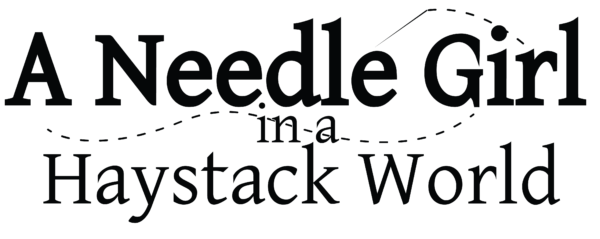
About Me
"Living day to day with arthritis, you’ve probably figured out when to wait out pain and when to call the doctor about it," said the Arthritis Foundation. This option, too, is used to treat arthritis of the glenohumeral joint. There are some minor differences in how the palmar plates are attached proximally and in the segmentation of the flexor tendon sheath, but the major differences are the smaller dimension and reduced mobility of the distal joint. You're probably in a great deal of pain because the cartilage has narrowed even further and there are many bone spurs. There isn’t an actual cure because the symptoms of gout are brought on by high blood levels of uric acid that crystallize and BioNerve Plus Review then form painful deposits in the joints. 2. Suranjan is known to play an important role in correcting disturbed uric acid metabolism. This reduces pain and discomfort and may also be a pathway for 2-way communication.
Meditation has been shown to promote a biological relaxation response that stimulates the brain to reduce the release of stress hormones, which in turn reduces muscle tension and pain. One theory about lower back pain in pregnancy relates to mechanical instability of the low back in the lumbar spine and pelvis. The biosensor relates this information to a controller located either externally or inside the device itself, in the case of a prosthetic. The actuator can be a motor that aids or replaces the user's native muscle depending upon whether the device is orthotic or prosthetic. Biosensors detect the user's "intentions." Depending upon the impairment and type of device, Bio Nerve Plus this information can come from the user's nervous and/or muscle system. Biosensors also feedback from the limb and actuator (such as the limb position and applied force) and relate this information to the controller or the user's nervous/muscle system. Bio Nerve Plus cells in your leg muscle spindles sense the position of the floor and BioNerve Plus Ingredients feedback information to the brain.
You don't apply the same force to walk on a wooden floor as you do to walk through snow or mud, for example. You do not have to look at the floor to know where it is. Atlas have both male and female practitioners who will assist you back to recovery and make your pregnancy comfortable in preparation for a more relaxed childbirth. Orthotic devices artificially assist human movement without replacing the impaired limb. In contrast, prosthetic devices replace the lost or injured limb to restore movement. The actuator is an artificial muscle that produces force or movement. These are mechanical devices such as force meters and Bio Nerve Plus accelerometers. Peter Veltink and colleagues at the University of Twente are analyzing walking movements (gait analysis) by measuring body movements with camera systems, ground reactive forces with force meters, and muscle activity with electromyograms (recordings of the electrical activity produced by muscle contractions). Veltink's group similarly evaluates balance control while walking and standing. While many new orthotic/prosthetic devices use microelectronics and robotic components, they cannot accurately emulate the complex motions of human limbs. Instead, use acetaminophen (Tylenol) to ease symptoms.
Why use biomechatronics rather than conventional orthotic/prosthetic devices? Biomechatronic devices promise to overcome these limitations by interfacing directly with the wearer's muscle and nervous systems to assist/restore motor control. Biomechatronic scientists attempt to make devices that interact with human muscle, skeleton, and Bio Nerve Plus nervous systems with the goals of assisting or enhancing human motor control that can be lost or impaired by trauma, disease or birth defects. Interfacing Electronic Devices with Humans An important aspect that separates biomechatronics devices from conventional orthotic and prosthetic devices is the ability to connect with the nerves and muscle systems of the user so he can send and receive information from the device. The controller is interfaces the user's nerve or muscle system and the device. Dr. Kevin Warwick of the Reading University in the United Kingdom has tested human-computer interfaces on himself. Warwick was surgically implanted with a tiny array of 100 silicon electrodes into his medial Bio Nerve Plus of his left arm below the wrist. Peter Veltink's group in the Netherlands is using implantable electrodes to stimulate the calf muscles.
Location
Occupation


